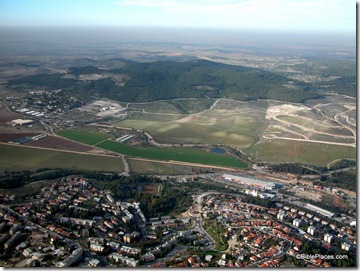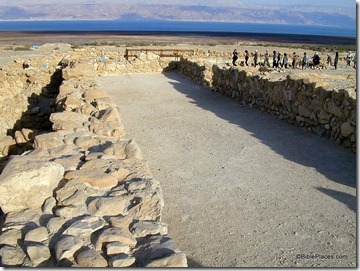The Israel Antiquities Authority has announced the discovery of a Jewish ritual bath 1.2 miles (2 km) north of Kibbutz Zorah. Biblical Zorah is about 1.2 miles northeast of the kibbutz.
A plastered building, probably a ritual bath (miqve), dating to the Second Temple period (first century BCE-first century CE) was exposed in an archaeological excavation the Israel Antiquities Authority conducted prior to the installation of a water line by the Mekorot Company at an antiquities site, c. 2 kilometers north of Kibbutz Zor’a.
The excavation revealed a square structure that has three walls treated with a thin layer of plaster that facilitated the storage of water. A channel used to drain water into the ritual bath was installed in a corner. In addition, a plaster floor and three stairs that descend from it to the west (toward the hewn openings in the bedrock) were exposed.
According to archaeologist Pablo Betzer, excavation director on behalf of the Israel Antiquities Authority, “This is the first time that any remains dating to the Second Temple period have been exposed in this region. We knew from the Talmud and from non-Jewish sources that on this ridge, as in most of the Judean Shephelah, there was an extensive Jewish community 2,000 years ago that existed until the destruction of the Temple in 70 CE. Yet despite the many surveys and excavations that have been carried out to date no remains from this period have been discovered so far”. According to Betzer the name of the Jewish settlement that the ritual bath belonged to is still unknown.
There’s a lesson here too about the limitations of archaeological surveys.
Samson was born and buried between Zorah and Eshtaol (Judg 13:24-25; 16:31). This new discovery dates to about 1,000 years after the period of the judges.
The link for high-resolution photos is now working. The link to the press release is here.


